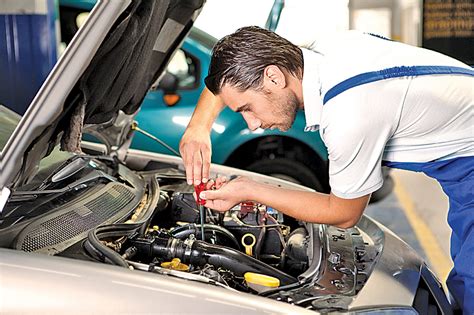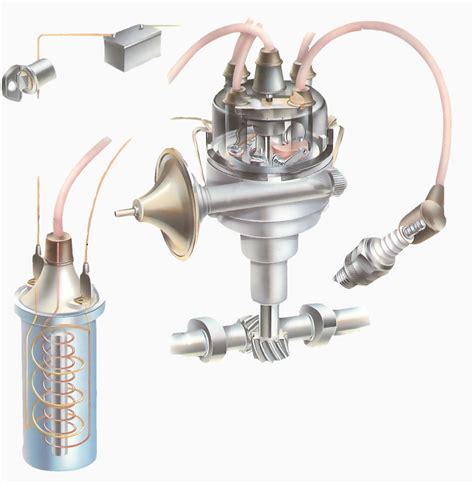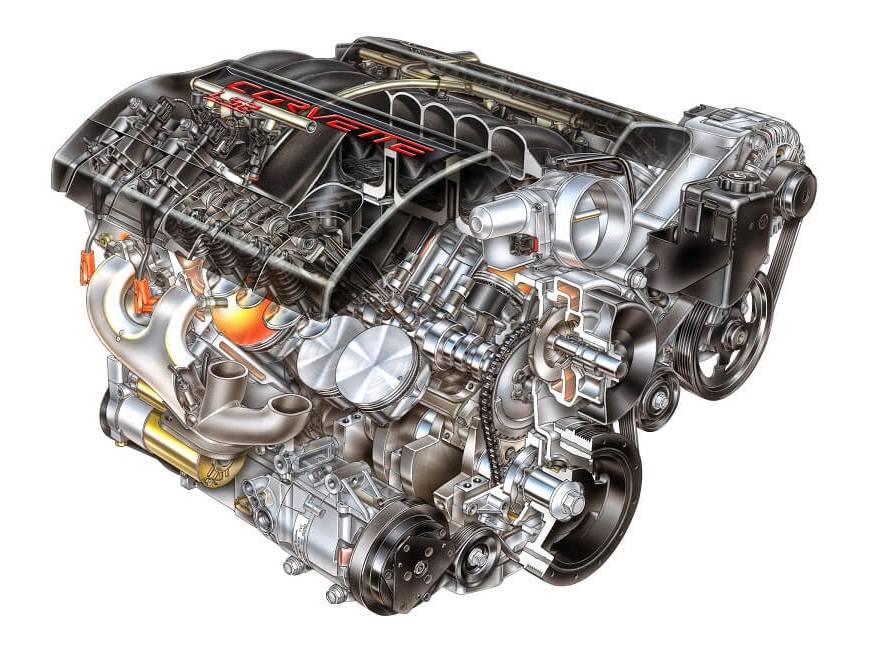
What Is a Tune-Up and Why Do I Need One?
What do you think of when you are told your vehicle needs a tune-up? Does that mean an oil change? How about spark plugs or a filter? Maybe it means some kind of fuel injector cleaner labeled as “tune-up in a can”, or is it just a good inspection? It’s one of those automotive terms that can mean different things to different people. Let’s look back at what the term historically meant before we look forward to what it means now.

Way back at the dawn of the automotive area, the Ford Model T was first unveiled in 1908. It was designed as a cost-effective vehicle that many people could afford. Introduced at $825, and due to the development of the assembly line, the price dropped down to $260 by 1925. These vehicles are simple in design but require significant maintenance to keep them operating at peak performance. With daily, weekly, and monthly maintenance schedules, the vehicle owner got to know their vehicle intimately. If they neglected their maintenance, the vehicle would leave them walking. One of those maintenance items was the vehicle’s ignition system. The Ford Model T had a few different ignition systems over the years, from a magneto system with four coils to a distributor system with one coil. Each system required specific and regular adjustments to keep the spark plugs firing at the proper time. Henry Ford called those adjustments a “tune-up”. As time went on, the term “tune-up” went on to include anything that kept the engine running optimal performance. Including ignition adjustments, carburetor adjustments, replacement of worn ignition components, and sometimes belt or hose replacements. This continued through the golden age of carburation in the muscle car era of the 1960-1970s. During that time, the term tune-up typically meant replacing the spark plugs, plug wires, fuel filter, and ignition cap and rotor. Checking the ignition timing and adjusting the carburetor we also a normal part of a tune-up. Early models also included replacing and adjusting the points and condenser. Tune-ups were typically done every 30,000 miles on these cars due to spark plug design and the imprecise fuel control of carburation.

Moving forward, advancements in computer and electronic control systems have lengthened the service intervals of the ignition systems and eliminated carburetors by the switch to fuel injection. Improvements in materials, such as iridium tipped spark plugs, have also played a key role in the increased service interval periods. Most modern vehicles have tune-up service intervals of 100,000 miles. The exception being turbocharged or supercharged engines, which are around 30,000-60,000 miles depending on the vehicle manufacturer.
So, what is involved in a tune-up on a modern vehicle? It can still vary a bit from different manufacturers or repair facilities. Through our extensive experience at Sanderson Auto Repair over the years, we have found that a thorough and complete tune-up should include some specific replacement parts, cleaning services, and system checks. The ultimate goal, like in the past, is to keep the engine running at optimal performance and efficiency. A vehicle with a smooth, quiet running engine is reliable and a joy to drive. Let’s see what’s involved in a quality modern day tune-up service.
Engine Tune-Up Parts and Services
- Spark Plugs – Replacement of all engine spark plugs with OEM manufacturer specified spark plugs. We try to avoid switching brands or types. Vehicle manufacturers spend a lot of time and testing to find the correct spark plug to keep the engine running at peak performance for the longest period of time.
- Ignition Wires or Spark Plug Boots – Spark plug wires are replaced on engines using spark plug wires. They break down over time from heat cycling and environmental contamination. Coil on plug engines get the spark plug boots replaced. Usually located down inside the valve covers and cylinders heads, they are susceptible to heat breakdown and damage from fluid leaks. Replacement during a tune-up is the best practice.
- Ignition Cap and Rotor – The majority of modern engines do not use a distributer, but the ones that do should have the ignition cap and rotor replaced during a tune-up.
- PCV Valve – The PCV (Positive Crankcase Ventilation) Valve is used to maintain a slight vacuum on the crankcase to control oil vapors and reduce gasket and seal leaks. They build up with oil sludge over time, which affects their operation. Oil sludge is cooked down oil depots. We replace the PCV valves with each tune-up.
- Fuel Filter – We recommend replacing on vehicles having a replaceable fuel filter.
- Engine Air Filter – We always check and recommend replacement during a tune-up if needed.
- Air Induction Cleaning Service – We have found that an Air Induction Cleaning Service is a very important part of a tune-up for several reasons. First, it helps clean the baked-on carbon deposits from the spark plugs. Which greatly reduces the number of broken spark plugs during a tune up. Next, it cleans the throttle plates, intake passages, valves, and combustion chambers from sludge and carbon build-up, thus increasing and smoothing out the flow of air entering the engine. Finally, we add a fuel injection cleaner to the gas tank, as part of the service, to clean the fuel injectors and promote proper operation. All of which improves how the engine idles and operates while driving. All engines can benefit from this service at intervals more often than only during tune-ups. In fact, it’s recommended every 15,000 miles on direct injection engines due to their design. It helps reduce the carbon build-up on the intake valves and to keep them operating at optimum efficiency.
- System Scan and Reset – Computer controlled systems are good at adapting to varied operating conditions and worn components. Those systems need to be checked and sometimes reset during a tune-up. Almost like hitting a restart button, a system reset, and code clear will allow the system to start fresh and properly adapt to the replaced components.
- Test Drive – The final part of a quality tune-up is a good test drive while monitoring engine operating parameters. Making sure all the sensors and systems are operating within proper factory specifications.
A quality tune-up can do wonders about how your vehicle runs and drives. It’s easy to overlook because of the extended service intervals and how well the engine computers are designed to adapt to changing operating conditions and components. Usually, more than one component or system needs to fail before the engine will start or run poorly. Something as simple a dirty MAF (Mass Air Flow) sensor, which measures the amount of air entering the engine, can skew the readings enough to cause the engine to run lean or rich. You may not notice a problem, but over time it can cause damage to emission treatment systems or the engine itself. Sometimes a proper tune-up is needed just to eliminate a potential baseline engine operation problem before additional testing can be done to isolate other potential problems. Getting your engine tuned-up at regular intervals will help eliminate those baseline problems and keep your engine operating at peak efficiency and power. Providing you with a vehicle that is efficient to operate and a joy to drive.
Aaron Bjorklund
